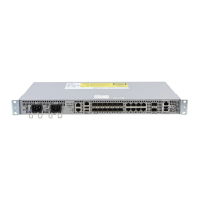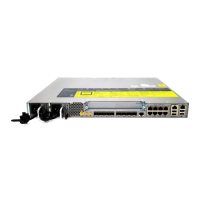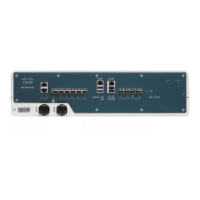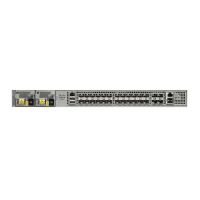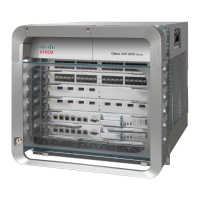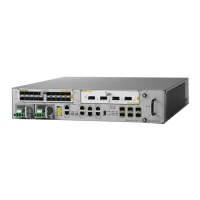•
Usage of bandwidth remaining percentage (BRP) in the absence of priority class, allocates the available
bandwidth in an iterative way. For example, the bandwidth is allocated for the first BRP class as per the
percentage of share configured in the respective class-map and the remaining bandwidth is iteratively
allocated to all other BRP classes until the bandwidth is exhausted.
Information About Port-Shaper and LLQ in the Presence of EFPs
Ethernet Flow Points and LLQ
An Ethernet Flow Point (EFP) is a forwarding decision point in the provider edge (PE) router, which gives
network designers flexibility to make many Layer 2 flow decisions within the interface. Many EFPs can be
configured on a single physical port. (The number varies from one device to another.) EFPs are the logical
demarcation points of an Ethernet virtual connection (EVC) on an interface. An EVC that uses two or more
User-Network Interfaces (UNIs) requires an EFP on the associated ingress and egress interfaces of every
device that the EVC passes through.
The Egress HQoS with Port Level Shaping feature allows network designers to configure port and class
policies on ports that contain EFPs. These policies support Low Latency Queueing (LLQ) and traffic
prioritization across the EFPs.
For information on how to configure LLQ, see the QoS Congestion Management Configuration Guide.
How to Configure Port-Shaper and LLQ in the Presence of EFPs
To configure the Port-Shaper and LLQ in the Presence of EFPs feature, you first create either a hierarchical
or flat policy map that supports Low Latency Queueing (LLQ), which you then attach to an EFP interface.
Configuring Hierarchical Policy Maps
To configure hierarchical policy maps, you create child policies which you then attach to a parent policy. The
parent policy is then attached to an interface.
QoS: Policing and Shaping Configuration Guide (Cisco ASR 920 Series)
18
Port-Shaper and LLQ in the Presence of EFPs
Information About Port-Shaper and LLQ in the Presence of EFPs
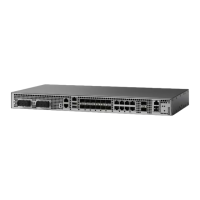
